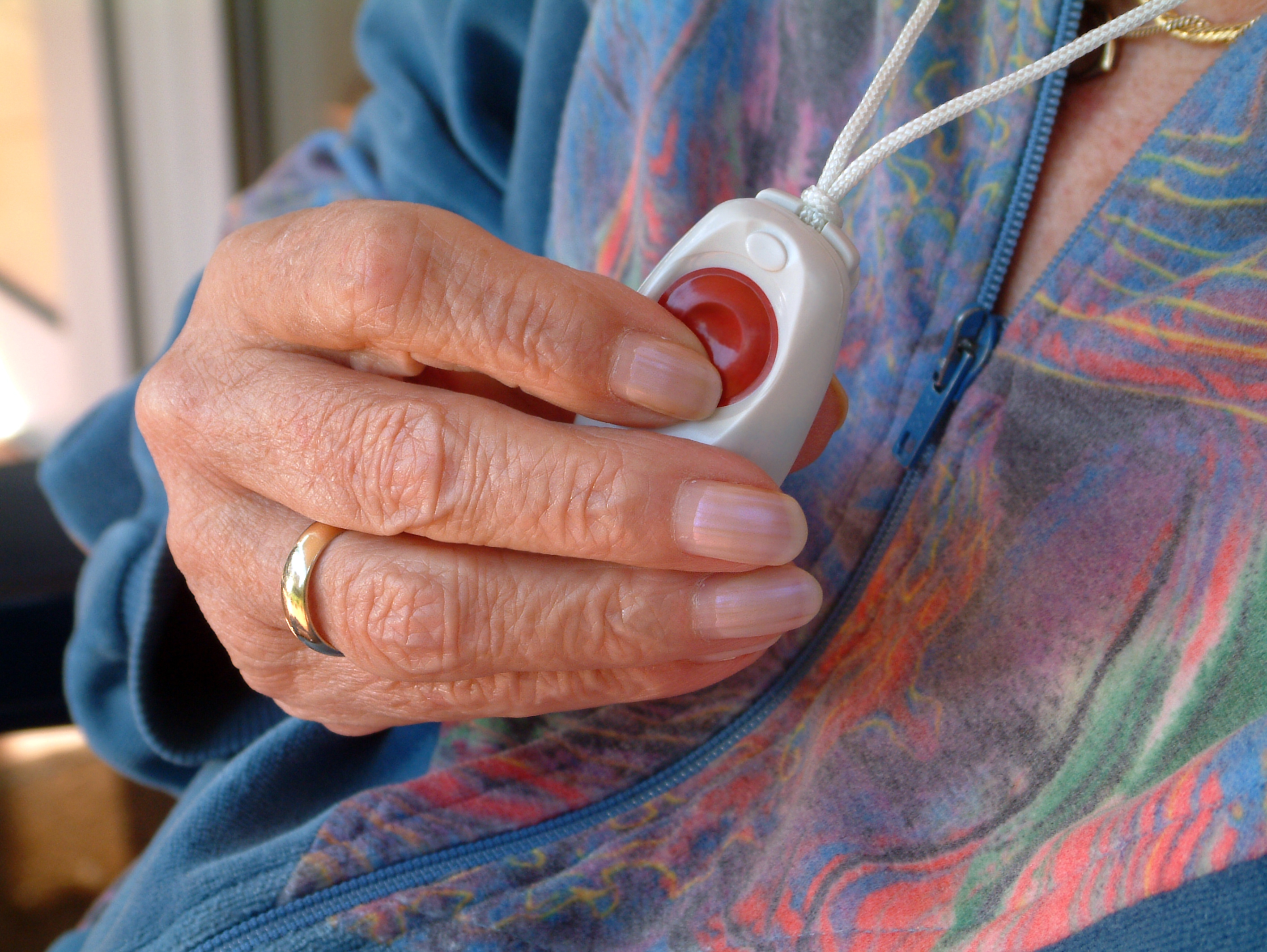
The number of over-50s experiencing loneliness could reach two million by 2026. This compares to around 1.4 million in 2016/7 – a 49% increase in 10 years.
It has also been estimated that around 1.5 million people aged 50 and over are ‘chronically lonely.’
With an ageing population and increasing life expectancy, it would seem likely that loneliness among older people is set to continue; unless something significant is done. According to Age UK, tackling loneliness requires more than social activities. A new report from Vodafone suggests technology could be the answer.
Impact
The impact of loneliness in older people can be immense, not only for the older people themselves but for those around them. It can also put strain on the NHS, employers and organisations providing support to people who are lonely; and have a negative impact on growth and living standards.
Research has suggested that those experiencing social isolation and loneliness are at increased risk of developing health conditions such as dementia and depression, as well as increased risk of mortality. The damaging health effect of loneliness has been shown to be comparable to smoking 15 cigarettes a day. Older people who are lonely are therefore more likely to use health services than those who are never lonely.
The economic impact is also significant. It has been estimated that increases in service usage create a cost to the public sector of an average £12,000 per person over the medium term (15 years). Vodafone’s report suggests that loneliness has a £1 billion a year impact on public services. It has also been found to cost employers £2.5 billion per year.
How tech can ease the burden
According to Vodafone, “new technologies are a key part of the solution” alongside more traditional public and community services. Two key routes through which technology can be used to reduce loneliness are highlighted:
- by supporting older people to remain independent in their home and community; and
- maintaining and building networks and contacts.
From wearable devices and touchscreens to personal robots that act as the eyes, ears and voice of people unable to present physically, these are all highlighted as viable and positive uses of tech to ease the burden of loneliness. And there are already a number of examples of innovative use of technology that can benefit older people.

No Isolation AV1 robot. Image by Mats Hartvig Abrahamsen, via CC BY-SA 4.0
Good practice examples
One such example is Vodafone’s smart wearable wristband, the V-SOS Band, which supports independent living while also increasing the wearer’s safety. It can directly alert family members via their phone if the wearer needs help. It also uses fall detection technology so that families can be alerted automatically if the wearer falls either in the home or when they are out.
Kraydel is another example. Its smart TV-top hub links elderly people to their carers or family members, through their TV screens, helping people be more independent and remain in their own homes for longer as well as helping them be more socially connected. It provides for user-friendly video calling via the TV and can help people return home from hospital earlier. Via connection to the cloud, the device interprets the data it receives to build up a picture of the user’s daily activities, health and wellbeing. It issues medicine and diary reminders, and alerts caregivers if it sees something amiss, or identifies potential risk.
Although aimed at children, No Isolation’s AV1 – a smart robot designed to reduce the risks of children and young adults with long-term illness becoming socially isolated – demonstrates the positive impact innovative technology can have on social isolation and loneliness. The robot avatar, with its 360 degree camera, acts as the child’s eyes, ears and voice in the classroom or at other events, keeping children closely involved with school and in touch with their friends.
Of course, loneliness is particularly prevalent among people who don’t use smart technology such as smart phones and tablets, one of the reasons cited by Kraydel for using the TV – probably the most familiar and widely used screen globally. This issue also led No Isolation to develop KOMP, a communication device for seniors that requires no prior digital skills. It enables users to receive photos, messages and video calls from their children and grandchildren, operated by one single button.
Another new project recently launched in Sweden – considered one of the world’s loneliest countries – uses a unique conversational artificial intelligence which enables older people to capture life stories for future generations while providing companionship. Memory Lane works with Google Voice Assistant and is able to hold meaningful conversations in as human a way as possible. A pilot test showed that the software “instantly sparked intimate conversations” and led to stories that hadn’t been told before.

Image by Nick Youngson via CC BY-SA 3.0, Alpha Stock Images
Final thoughts
With a significant number of older people lacking confidence in their ability to use technology for essential online activities, support for digital skills is obviously still important. In response to this issue, Vodafone has launched free masterclasses across the UK, as part of a programme called TechConnect.
Many of the above innovative examples bypass the traditional barriers to realising the potential of technology in reducing loneliness as most:
- don’t rely on older people engaging directly with the technology; and
- are based on mobile technology that can be constantly connected, whether inside or outside the home.
However, there is still the issue of awareness of such technologies and their accessibility to older people. The Vodafone report suggests that access could be improved through social and digital prescribing and revitalising support for independent living, and calls for a challenge fund to support innovation. It is suggested that these innovative ideas are just the start and that combined action is needed from across all levels of government, business and community groups, amongst others.
Perhaps if such action is taken to address existing barriers, we will see a reverse in the loneliness trend over the next 10 years.
Follow us on Twitter to see what developments in public and social policy are interesting our research team.
Share
Related Posts
Supporting residents on the decarbonisation journey: leveraging data for effective retrofit projects
As the drive towards decarbonisation intensifies, the social housing sector’s ability to collect, store and manage vast amounts of data becomes increasingly critical. With a shared goal of creating warmer, carbon-free homes, housing associations’ strategic use of data is essential ....
By Donna Gardiner While free school meals (FSM) have been available in England on a means-tested basis since 1944, recent years have seen a renewed focus upon the potential benefits of providing free school meals to all school-aged children. Currently, ....
Today sees the start of Community Garden Week 2023. Across the UK, communities will be celebrating the many and varied types of community gardens, from children’s and neighbourhood gardens to therapy gardens and allotments. The benefits of community gardens are ....
By Hollie Wilson At the start of 2020, an independent review was published setting out what needed to be done to bring about changes to the care system for children and young people in Scotland. At the heart of the ....
